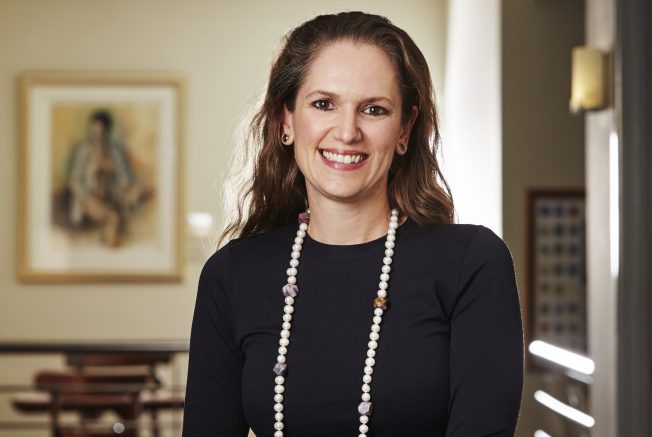Petrina Burnett is the founder and director of BGAL Physiotherapy — a clinic specialising in care for patients undergoing cancer treatment. She has 12 years’ experience in the physiotherapy management and rehabilitation of breast and gynaecologic cancers, and has worked in the private and public sector for over 23 years. Petrina was diagnosed with breast cancer in 2007, and underwent reconstruction in 2008.
It’s true to say that the opportunity to have reconstruction and the results achieved by reconstruction are truly amazing. Having worked in the area for the last 10 years or so — and having seen reconstructions of family members since the 1980s — improvements in reconstruction options, techniques and quality have been wonderful to observe. We have more work to do however, including providing better physiotherapy care to women of WA.
The following points describe the step-by-step physiotherapy intervention that we hope most women are able to access, both in the public and private sectors. I have also commented on points that I feel are largely left unsaid when speaking to women who have undergone reconstruction. It’s important to remember that although there is usually some short-term discomfort and inconvenience, the medium and longer term outcomes are outstanding, so it really is an investment in the future; for some in restoring integrity, and for many in peace of mind to reduce risk. Reconstruction is not for everyone and that is ok too. It really is such an individual choice that only we can make for ourselves.
Ideally women should see a breast physiotherapist before their reconstruction surgery. The physiotherapist will educate women regarding;
- The physical changes to expect — such as altered sensation, implications on movement or strength if muscles are used;
- Mobility and function — such as how to get out of bed, and movement limitations in the early post-op period;
- The timeline for resuming activities such as driving and work; and
- Exercises to facilitate recovery.
Post-operatively the breast physiotherapist will review your recovery and provide treatment for your individual needs and goals. Treatment may include;
- Scar tissue/myofascial release;
- Pain management;
- Lymph drainage;
- Progressive exercises to increase strength and flexibility of the arms and chest.
Some women may also need a review by the breast physiotherapist “down the track”, as sometimes late issues develop from treatment such as stiffness, swelling and discomfort.
It really is an investment in the future; for some in restoring integrity, and for many in peace of mind to reduce risk.
Getting to know Reconstruction – Petrina Burnett, Director, BGAL Physiotherapy
Reconstruction Tips
- It’s important to feel comfortable with your reconstruction team and happy with the treatment options, information and care that they give you. Don’t be afraid to seek a second opinion if needed.
- Reconstructions are a very personal procedure and may affect women physically and emotionally. Some women may feel like they have “got something back” or may feel a sense of relief, whereas others may feel more of a sense of loss. Responses to reconstruction varies across individuals.
- The key is to be self- compassionate and patient. Talk about your experiences and feelings, connect with others and seek help if you need it.
- Breast reconstructions unfortunately will not be the same as your natural breasts. Some women may feel like they are wearing a bra (when they aren’t) or may find that they have lost symmetry. Some women may also feel some movement of their reconstructions when using their arms.
- It can take time to become accustomed to your new physicality after surgery. Be prepared for a time of transition and adjustment.
- The first six weeks post-op tend to be the most limiting and uncomfortable. The next stage of recovery is usually much easier.
- Some women need further post-operative rehabilitation to return to sports or similar activities. Women with higher levels of physical activity tend to need more rehabilitation and tend to notice more physical changes. Other treatments such as radiation and lymph node removal may further affect physical function after reconstruction.
- Some women can experience gradual and subtle changes of their reconstructions over time, which can be a normal “aging” process. However there are some instances when women may be recommended further surgery to correct cosmetic issues “down the track”. This is often due to scar tissue related issues from lymph node surgery or radiation.

